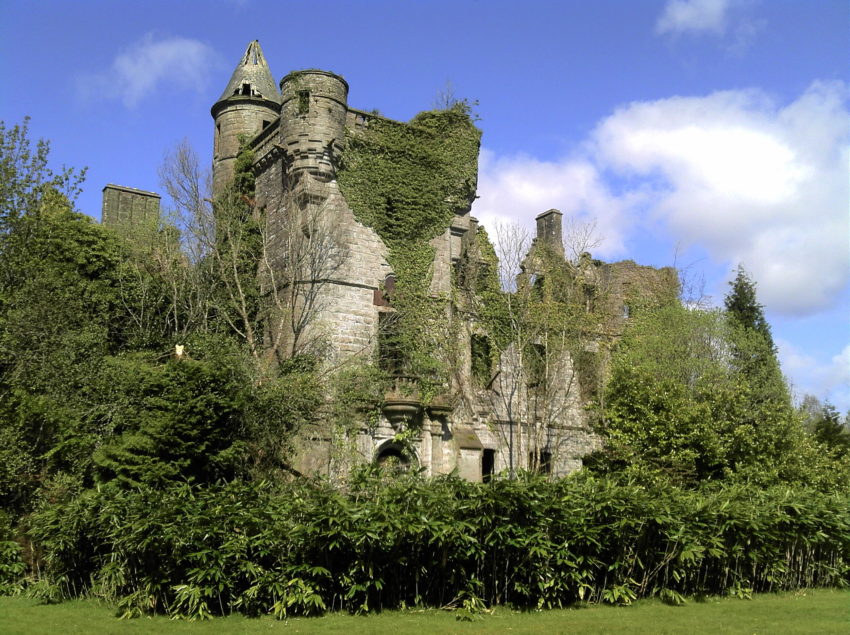Skip to content

- Buchanan Castle: The ruins of Buchanan Castle stand as a testament to the historical significance of the clan. Built in the 17th century, this castle was once a powerful stronghold of the Buchanans, serving as their ancestral seat. It’s a tangible link to the clan’s history and a place to reflect on its past glory.
- Buchanan Auld House: Buchanan Auld House, also known as Buchanan House, was another ancestral seat of the clan. This historic building showcases the architectural style of its time and offers insights into the lifestyle and culture of Clan Buchanan in earlier centuries.
- Cambusmore Estate: The modern seat of Clan Buchanan’s chief, Cambusmore Estate, represents the continuation of the clan’s presence in the contemporary world. As the home of the current clan chief, it symbolizes the ongoing connection between the clan’s past and its present.
- Buchanan Monument (Killearn): The Buchanan Monument in Killearn is a tribute to the Buchanan clan’s history and heritage. It serves as a place for clan members and visitors to gather, pay their respects, and reflect on the contributions of the clan to Scottish history.
- Leny House: Leny House has connections to the Buchanan of Leny branch. This historic house offers insights into the lives and experiences of the Buchanans of Leny, a cadet branch of the clan. Exploring its surroundings can provide a glimpse into their history.
- Dunglass Castle: Dunglass Castle, located in Dunbartonshire, was associated with the Buchanans of Dunglass, a cadet branch of Clan Buchanan. While the castle is now in ruins, its history is intertwined with that of the clan’s extended lineage.
- Arnprior House: Arnprior House has ties to the Buchanans of Arnprior, another cadet branch of Clan Buchanan. This connection reflects the wider influence of the clan across different parts of Scotland.
- Spittal of Glenshee: The area of Spittal of Glenshee is connected to Clan Buchanan’s cadet branch, the Buchanans of Spittal. While specific historical details may vary, exploring this region can offer insights into the clan’s presence and influence.
- Auchmar House: Auchmar House has historical significance as a connection to Clan Buchanan’s cadet branch, the Buchanans of Auchmar. Visiting this location can provide a deeper understanding of their role within the clan’s history.
- St. Mary’s Church (Buchanan Burial Ground): St. Mary’s Church features the Buchanan Burial Ground, where clan members of the past were laid to rest. This site serves as a solemn reminder of the generations that have come before, contributing to the clan’s legacy.
- Glasgow: While not exclusively associated with Clan Buchanan, Glasgow has historical connections to various clans, including the Buchanans. As a major city, it has played a role in Scottish history, and exploring its cultural institutions and sites can shed light on the broader context of the clan’s history.

